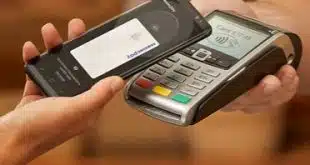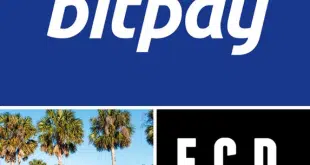Visa Inc. on Tuesday reported U.S. EMV chip card statistics for October, the first month in which the payment card networks’ EMV liability shifts for point-of-sale transactions took effect. The numbers show EMV’s footprint is still small, but growing rapidly.
There are now 180.6 million Visa-branded chip cards in the U.S., with 57% of them credit cards and the rest debit and prepaid cards, according to a spokesperson for the Foster City, Calif.-based card network. The total represents one-quarter of Visa’s U.S. card base of approximately 720 million, up from 18% in July. Visa also says that, based on results of a September survey it conducted, 70% of Americans now have at least one EMV card.
The U.S. has 529,000 merchant locations enabled for chip card acceptance, up 49% since September, according to Visa. While big-box retailers such as Wal-Mart Stores Inc. and Target Corp. have received the most attention for their EMV terminal deployments, the vast majority of chip-accepting locations belong to small businesses, the spokesperson says. The U.S. has about 8 million total card-accepting locations.
Visa’s EMV charge volume totaled $8.9 billion in October, up 42% from September. Based on volumes reported in Visa’s operating statistics for the quarter ended Sept. 30, Digital Transactions News estimates the October figure represented about 4% of Visa’s combined credit and debit payment volume for the month.
“We’re extremely encouraged by the latest numbers, which show a steady rise in chip card issuance, merchant acceptance, and chip-on-chip transaction volume, which grew by 42% in the last month alone,” the spokesperson says.
Visa’s Oct. 1 liability shift affected counterfeiting, meaning that the merchant or card issuer in a card transaction that doesn’t support EMV bears the financial liability for any resulting counterfeit fraud. Previously, Visa issuers absorbed most such losses. The spokesperson did not have data about how many chargebacks or how much fraud liability was assigned to merchants under the new rules.
Payments experts predict the U.S. conversion will take years to complete, and it remains controversial. Consumers appreciate the added security, but some say the new procedures for using chip cards in stores are annoying and take longer than magnetic-stripe card transactions. Merchants, meanwhile, are strongly pushing to add PIN authentication to EMV credit cards. Most issuers want to stick with chip-and-signature authentication.




